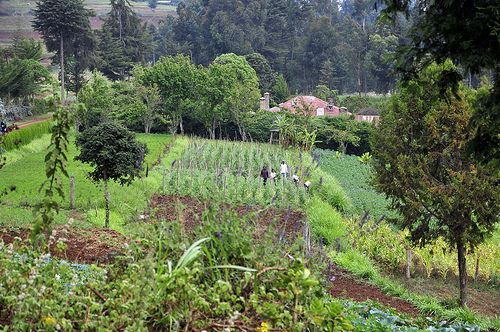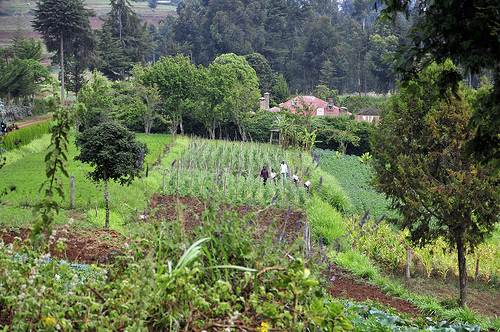UN: Least developed countries to push green-economy transition
The world’s least developed countries could jump start the transition to a green economy, leap-frogging more developed nations to the front of the movement, according to the UN, who believe these opportunities could help countries meet their Millennium Development Goals, and call for developing nations to continue to provide their support to make this happen.

 The world’s least developed countries (LDC) could jump start the transition to a green economy, according to the UN.
The world’s least developed countries (LDC) could jump start the transition to a green economy, according to the UN.
Released to coincide with the start of the Fourth UN Conference on Least Developed Countries (LDC-IV) this latest UN report suggests that, with their low-carbon profiles, rich natural assets and promising policy initiatives, the world’s 48 least developed countries could leap-frog ahead of many developed countries.
The report found that while richer countries face the huge costs of ‘decarbonisation’ and retiring fossil fuel intensive technologies, the LDCs are in a positive position, avoiding these hurdles by expanding the sustainable activities they already use, for example labour-intensive agriculture and community forestry which are both sustainable practices.
Achim Steiner, United Nations Under-Secretary General and Executive Director of UNEP said: “The shift to a global green-economy can put LDCs in an opportune position if the right enabling policies are put in place nationally and internationally – ones that accelerate their development rather than constraining it, ones that value, invest and re-invest in natural assets and low-carbon industries, alongside human well-being and social equity”.
Opportunities to leap-frog developed countries have been seized by the developing world. For example, aluminum smelters in Africa are currently among the most energy-efficient in the world because new production facilities use the latest technologies.
The UN hope that new opportunities from the green economy could also help LCDs meet their Millennium Development Goals – set out by the UN to form a blueprint agreed to by all the world’s countries to achieve anti-poverty goals by 2015.
Structural constraints, including limited access to energy and dependence on fragile farming, have previously prevented LDCs from reducing poverty. In the report foreword, authors stressed that “refocusing policies and investments to target sectors and areas including renewable energy, agriculture, forestry, tourism and enhanced ecosystem services can lead to the economic empowerment of low-income populations.”
Significant progress has been achieved for example in Nepal the Community Forest Management approach. It has continued to generate employment from sustainable harvesting and contributed to reversing the decline in forest cover of 1.9 per cent per year during the 1990s to an increase of 1.35 per cent between 2000 and 2005.
Meanwhile in Laos, the National Ecotourism Strategy Action Plan – based on sustainable use of nature and cultural resources – has increased the number of international tourists to the area from 1 million in 2005 to 2 million in 2009.
With LDCs the most vulnerable to climate change impacts, the UN calls of the international community to scale up cooperation in support of adaptation. They believe the policy framework – including finance for clean-technology adoption – will be vital in ensuring the LDCs’ successful transition to a green economy.
Cheik Sidi Diarra of UN-OHRLLS. Said: “Through concerted national and international action, realising a green economy could make a valuable contribution to enhanced economic diversification, inclusive growth, poverty reduction and achievement of the Millennium Development Goals in LDCs.”
The report ‘Why a Green Economy Matters for the Least Developed Countries” is a joint venture between United Nations Environment Programme (UNEP), the United Nations Conference on Trade and Development (UNCTAD) and the UN Office of the High Representative for the Least Developed Countries, Landlocked Developing Countries and Small Island Developing States (UN-OHRLLS).
Image: CIAT International Center for Tropical Agriculture | flickr





